Art & Research
-
sLLM
2025STATUS: ActivePROJECT URL: http://sllm.tailf7c7fb.ts.net/slime Large Language Model (sLLM)
-
Futura Trōpica
2021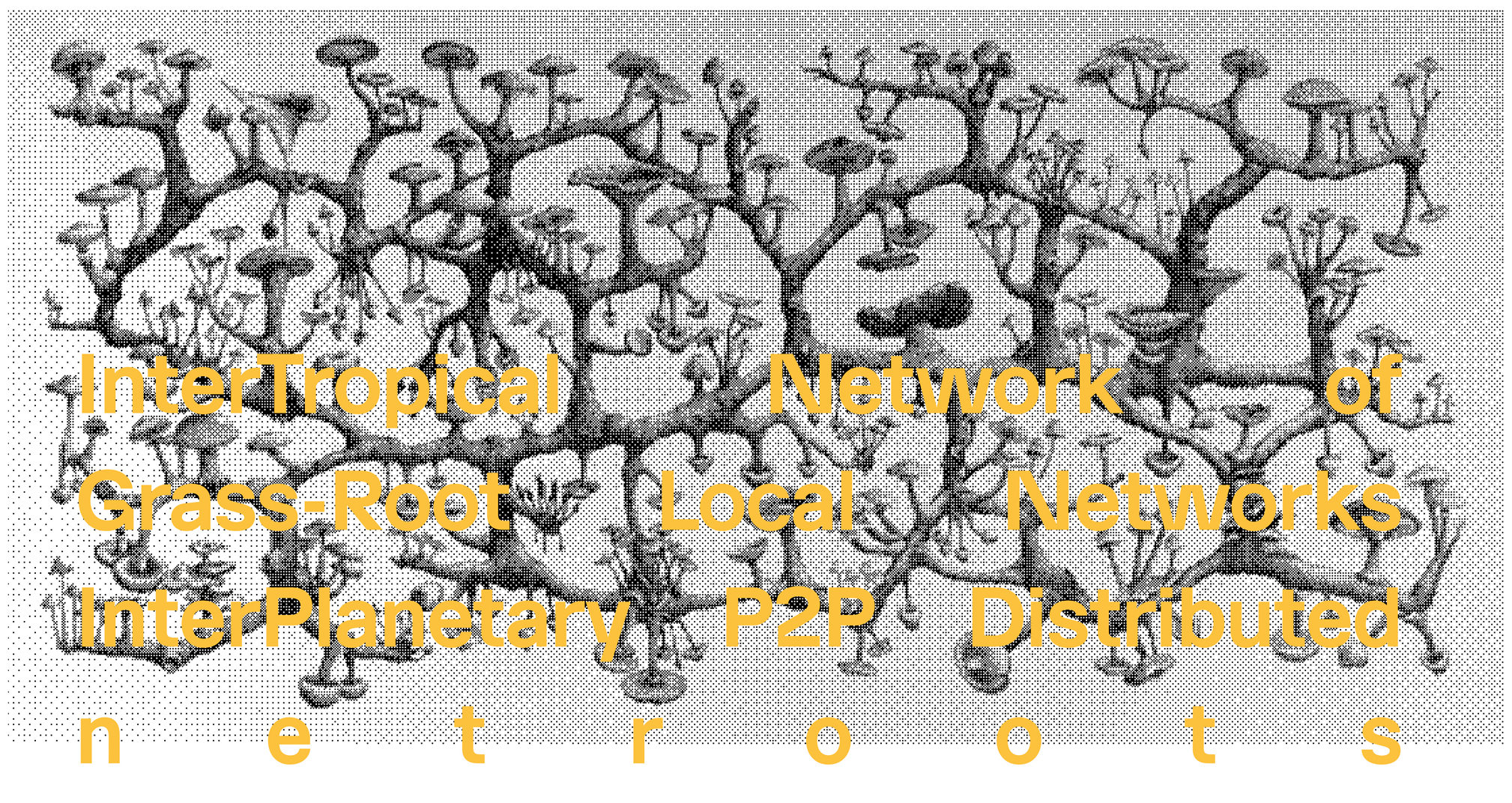 STATUS: ActivePROJECT URL: https://futura-tropica.network/COLLABORATORS: Juan Pablo García Sossa
STATUS: ActivePROJECT URL: https://futura-tropica.network/COLLABORATORS: Juan Pablo García SossaInitiated by Juan Pablo García Sossa in 2020, Futura Trōpica is an intertropical decentralized network of grass-root local networks for lateral exchange of local resources and other forms of Knowledges, Designs and Technologies.
-
Physarum Topologies
2021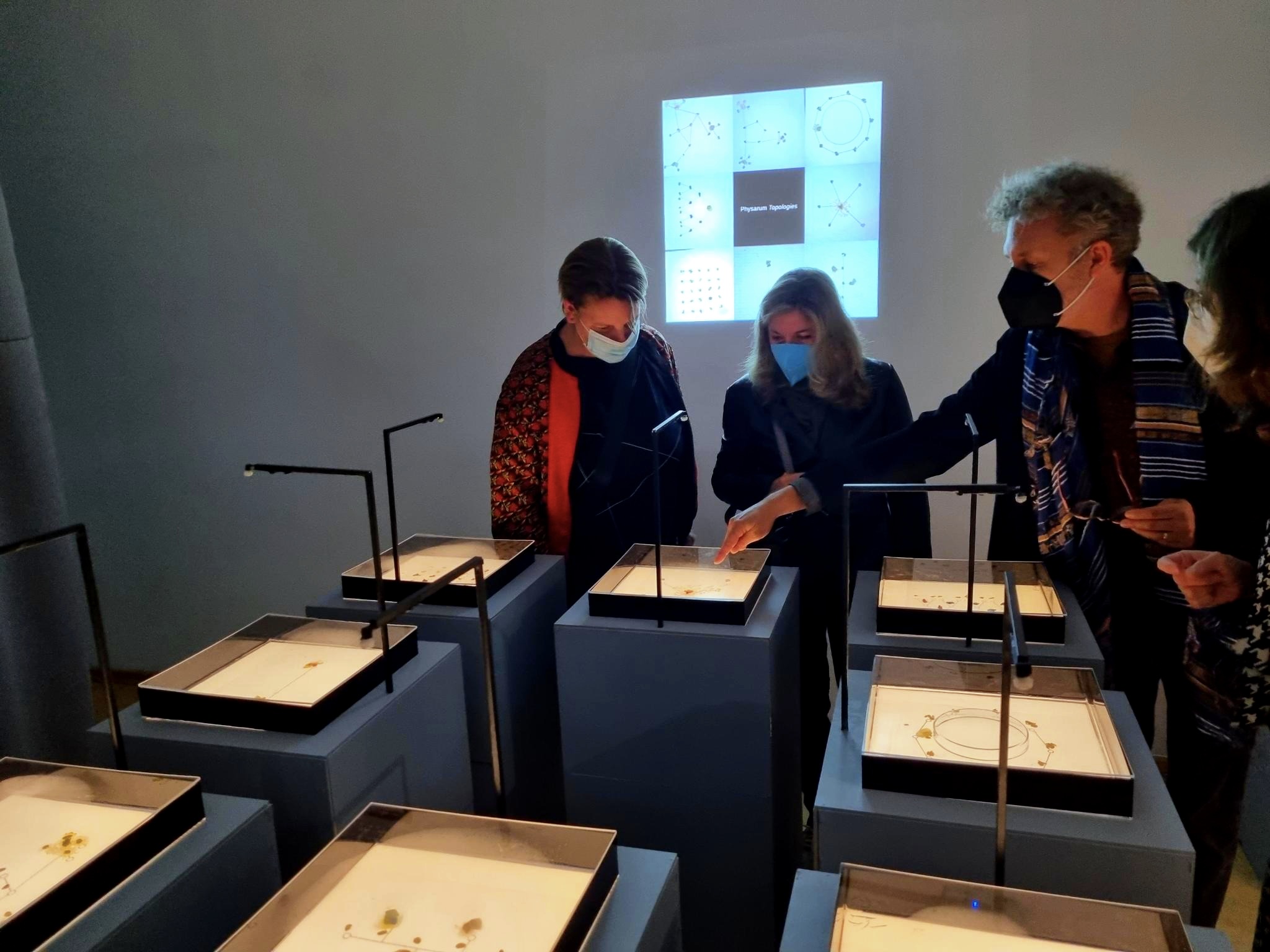 STATUS: ArchivedPROJECT URL: https://chootka.com/projects/physarum-topologies/
STATUS: ArchivedPROJECT URL: https://chootka.com/projects/physarum-topologies/An exhibition of work exploring network topologies through the lens of Physarum polycephalum, exhibited at Art Laboratory Berlin as part of "Under the Viral Shadow."
-
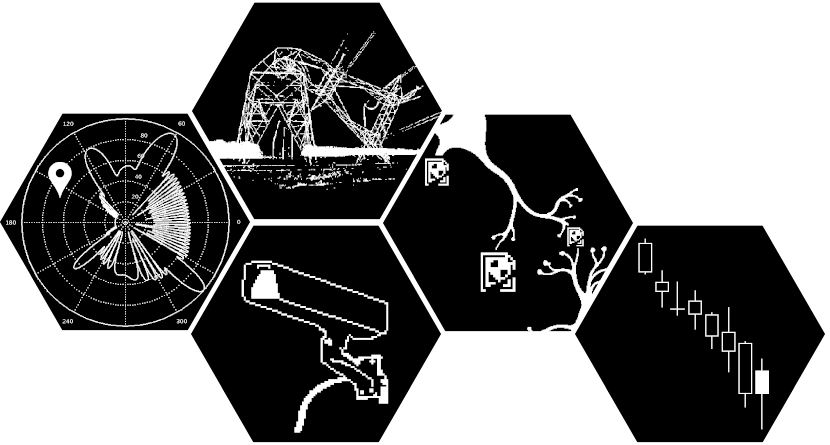 STATUS: ArchivedCOLLABORATORS: Rosa Menkman
STATUS: ArchivedCOLLABORATORS: Rosa MenkmanThe Digital Crisis Toolkit offers a set of tools that promotes self-reliance and therefore self-authority and less dependence over top down, imposed platforms.
-
Plague Rave 2020
2020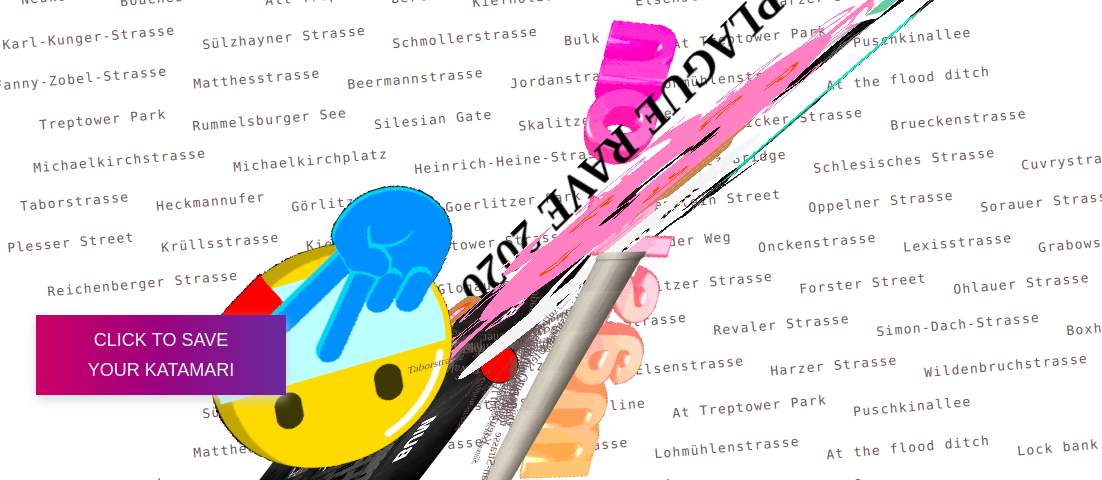 STATUS: InactivePROJECT URL: https://chootka.com/plaguerave2020/
STATUS: InactivePROJECT URL: https://chootka.com/plaguerave2020/To participate in the OPENCOIL roaming speed show, artists were asked to create web-based works to be deployed on Tier e-scooters around Berlin.
-
LANscapes
2019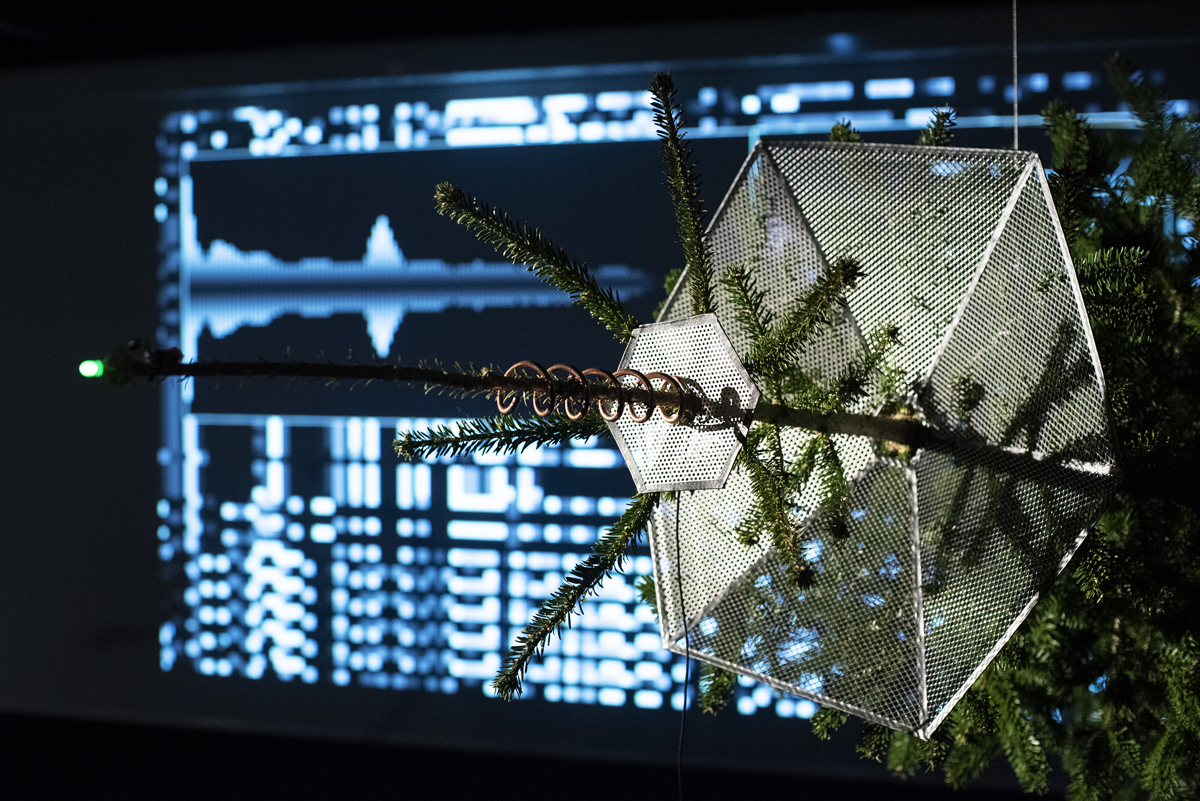 STATUS: ActiveCOLLABORATORS: Danja Vasiliev
STATUS: ActiveCOLLABORATORS: Danja VasilievLANscapes is an experiment in creating environmental sculpture which also function as network infrastructure.
-
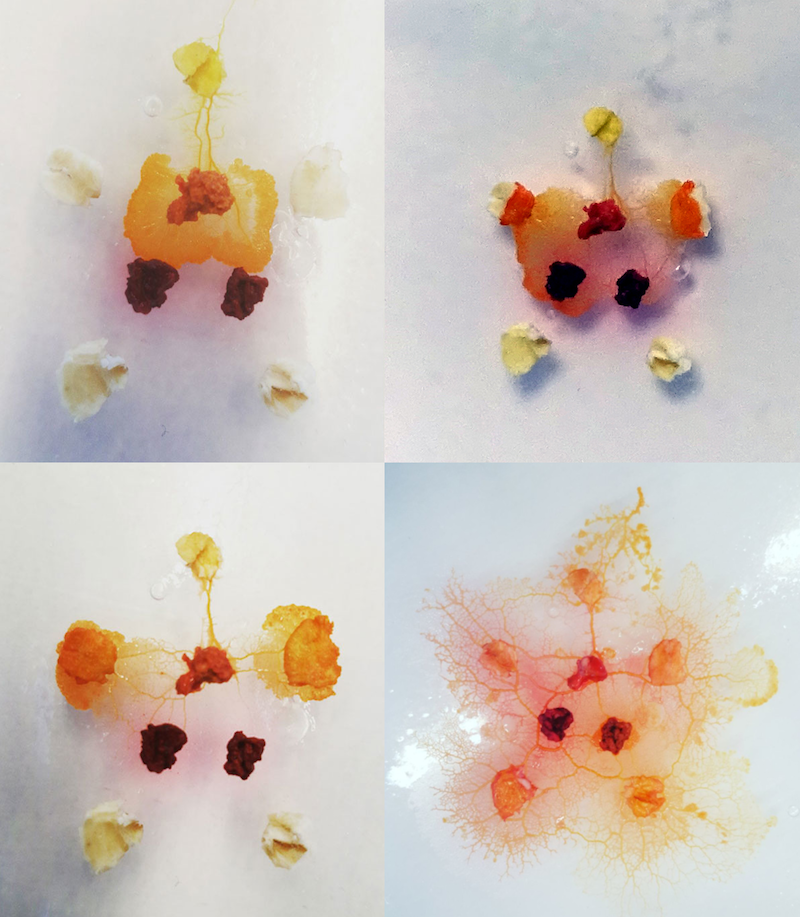 STATUS: Archived
STATUS: ArchivedOver the course of 10 days in the IXDM lab in Basel, Switzerland, I investigated whether the slime mould Physarum polycephalum could be used to model how resources are shared within a housing cooperative.
-
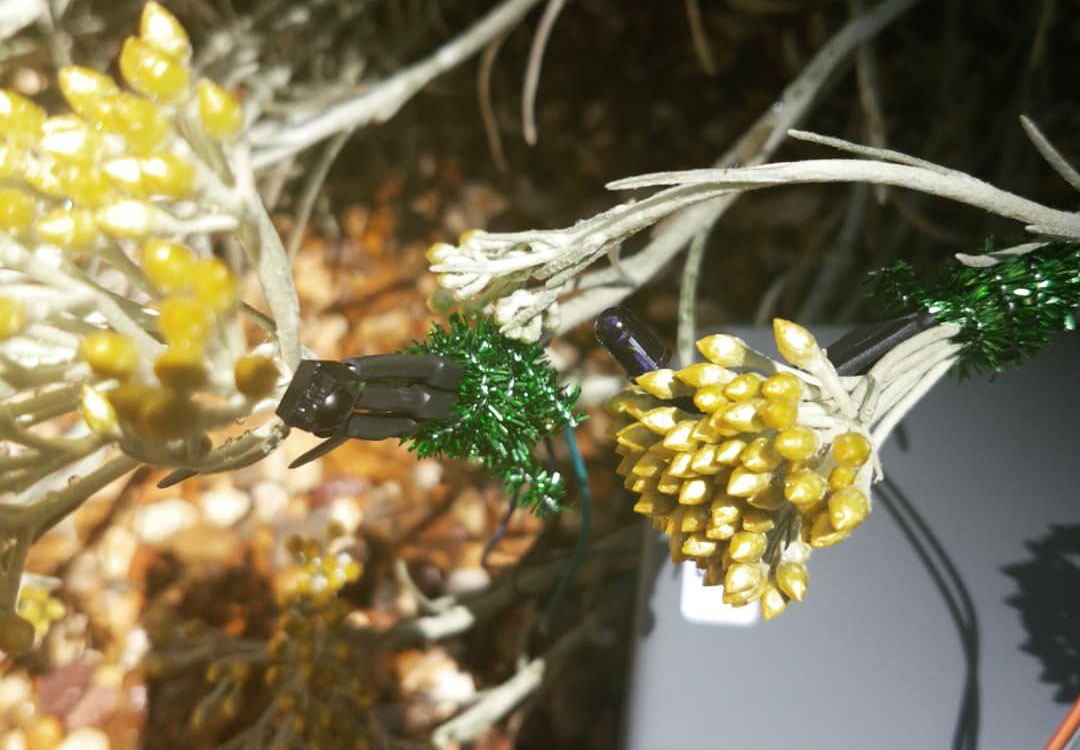 STATUS: Archived
STATUS: ArchivedPlant-to-Plant Protocols was a workshop taught over one week at the London College of Communication at the invitation of Supra Systems Studio.
-
QFM
2016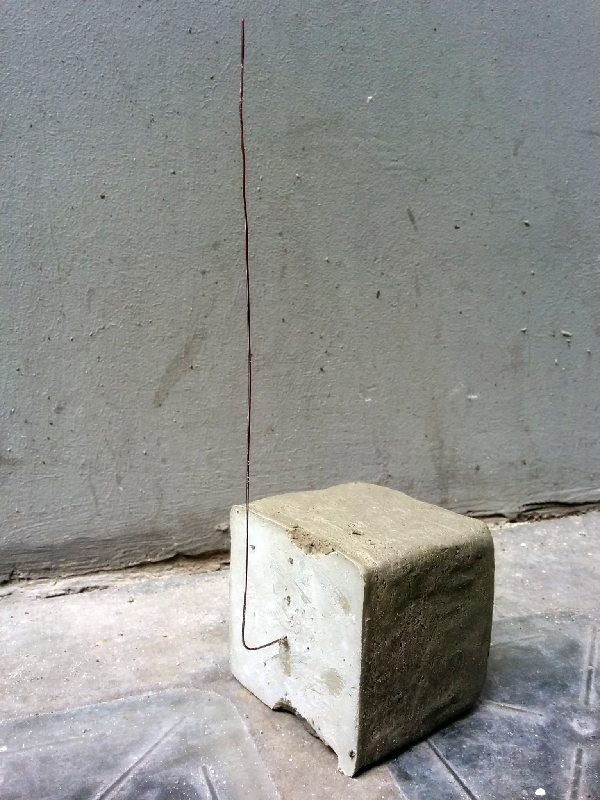 STATUS: ActivePROJECT URL: http://air.stwst.at/eleonore16/projects:qfmCOLLABORATORS: Danja Vasiliev
STATUS: ActivePROJECT URL: http://air.stwst.at/eleonore16/projects:qfmCOLLABORATORS: Danja VasilievQFM is a collection of FM transceivers embedded in cast cement cubes. Together they form a network of mini-radio devices for modeling network topologies and travel paths of data from one device to other.
-
Radical Networks
2015-2019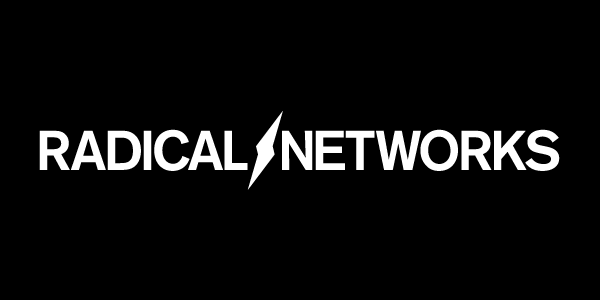 STATUS: ActivePROJECT URL: https://radicalnetworks.orgCOLLABORATORS: Erica Kermani
STATUS: ActivePROJECT URL: https://radicalnetworks.orgCOLLABORATORS: Erica KermaniCreated in 2015, Radical Networks offers a stage for non-commercial, grassroots activist, artistic, and experimental work in telecommunications, including the internet and world wide web.
-
You Are Here
2015-2016 STATUS: ArchivedCOLLABORATORS: Amelia Marzec, Dan Phiffer, Susan McGregor, Benjamen Walker
STATUS: ArchivedCOLLABORATORS: Amelia Marzec, Dan Phiffer, Susan McGregor, Benjamen WalkerYou Are Here is an offline content distribution project, in the context of experimental journalism, created while a Tow Fellow at the Tow Center for Digital Journalism at Columbia.
-
HouseFM
2014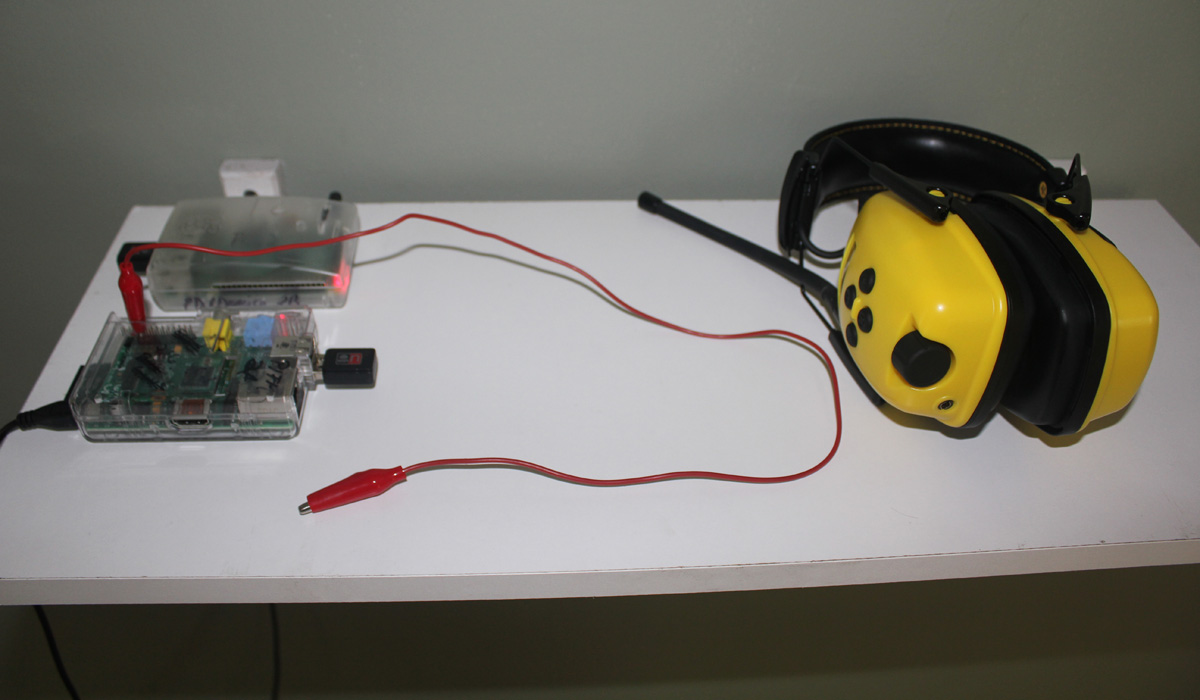 STATUS: ArchivedCOLLABORATORS: Hellyn Teng
STATUS: ArchivedCOLLABORATORS: Hellyn TengHouseFM is a networked audio installation, created for Eyebeam's Off-The-Grid exhibit.
-
Subnodes
2012-current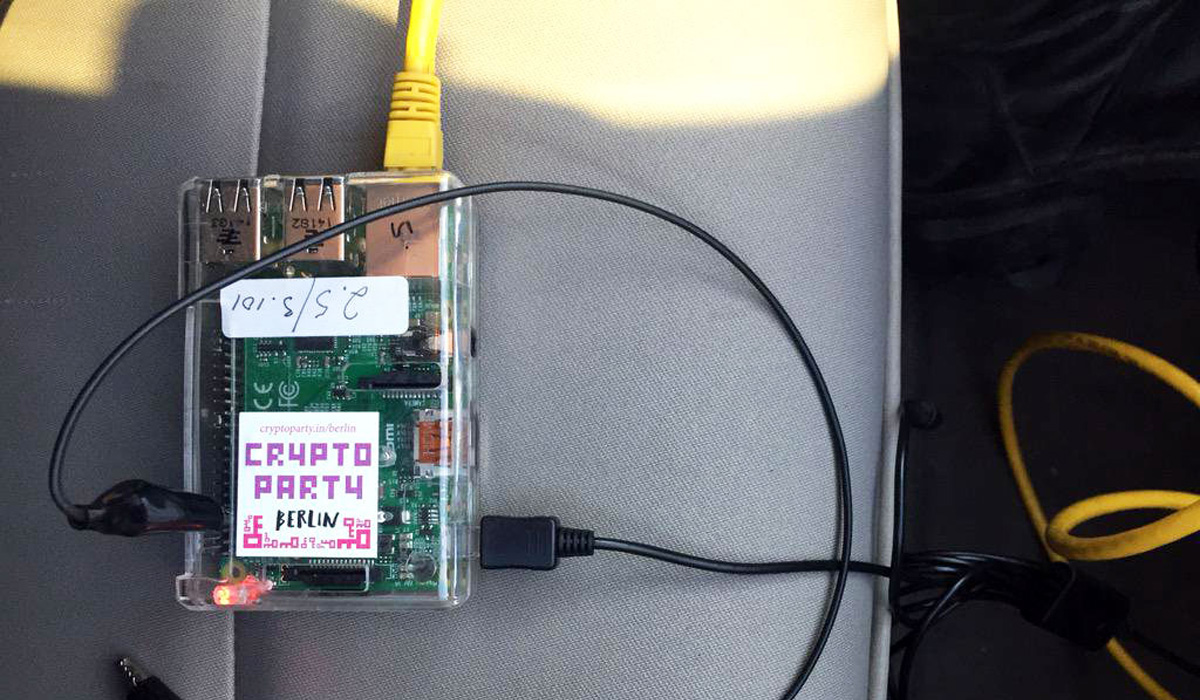 STATUS: ActivePROJECT URL: http://subnodes.org
STATUS: ActivePROJECT URL: http://subnodes.orgSubnodes is an open source linux networking / node.js project that streamlines the process of setting up a wireless access point and web server for distributing content, media, and shared digital experiences.
-
Felted Signal Processing (FSP)
2008-2013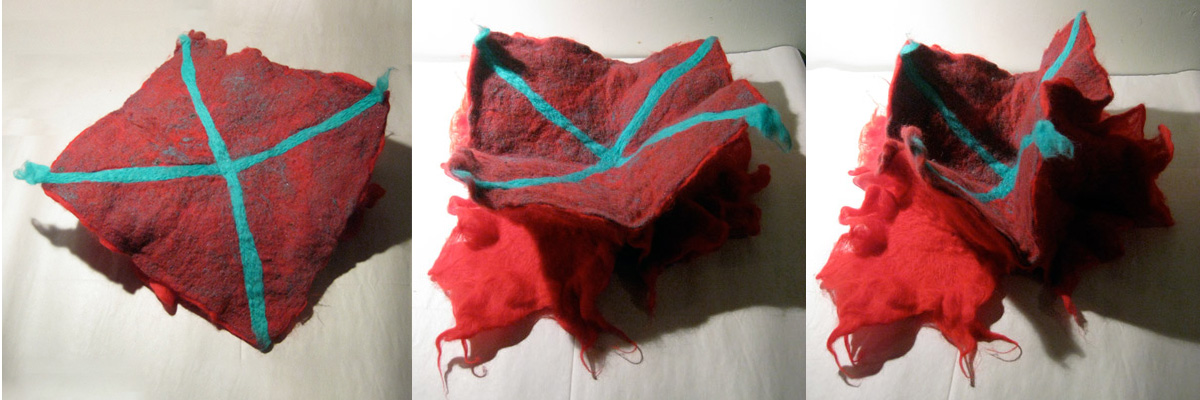 STATUS: ArchivedPROJECT URL: https://chootka.com/fsp/index.htmlCOLLABORATORS: Lara Grant
STATUS: ArchivedPROJECT URL: https://chootka.com/fsp/index.htmlCOLLABORATORS: Lara GrantFelted Signal Processing is an arts and research collaboration between myself and my sister, Lara Grant.
-
Autojournal
2007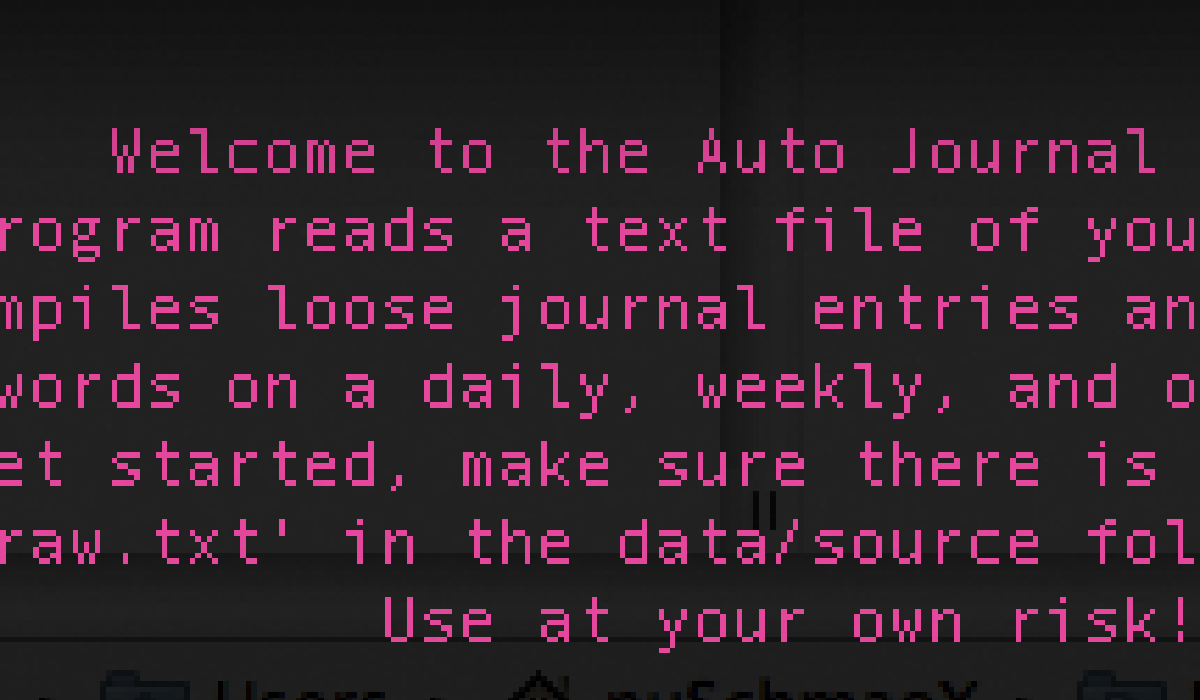 STATUS: Archived
STATUS: ArchivedKeeping a journal is something I've always had a hard time doing due to a crippling self-consciousness that overtakes me whenever I try to sit down and reflect on my day via the written word.
-
Loom
2006 STATUS: Archived
STATUS: ArchivedLoom is the result of combining two interests I had at the time - algorithmic composition and weaving.
-
Nekobasu
2006 STATUS: Archived
STATUS: ArchivedThe NYC subway system is used by millions of people every day. I wanted to map the movements of the trains for each line according to its schedule in a 24 hour period, accompanied with an assigned pitch from the A minor scale.
-
Playing With Food
2006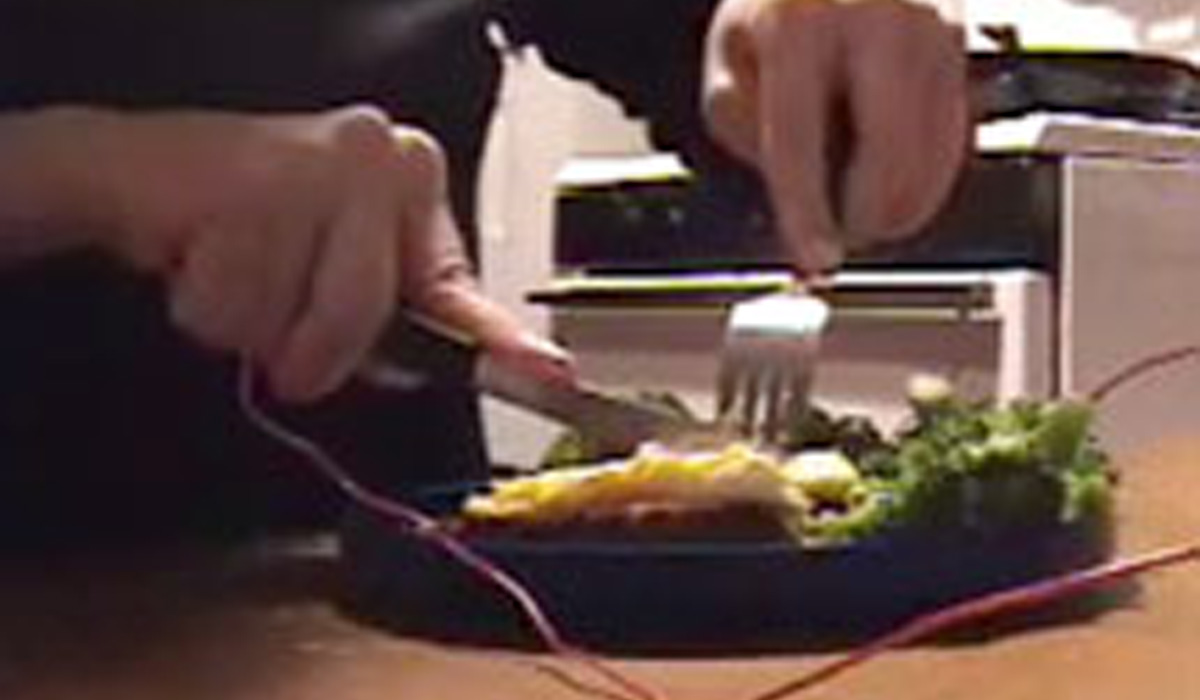 STATUS: Archived
STATUS: ArchivedThey always say you shouldn't play with your food. Well, what if your plate of food became a controller for a Max/MSP patch?